Glynn’s Guide
- We burn more fat during sleep than when awake.
- We burn more fat during low-intensity exercise than moderately intense.
- The oxygen deficit from intense exercise increases overall fat utilization over a longer period of time.
- Low-intensity exercise in a fasted state burns the most fat.
- Our level of fitness has an impact on how well we utilize stored fat.
- Eliminate that sugary post workout drink if you’re trying to lose fat.
People who are in tune with their goals of fat loss vs. weight loss ask me all the time how to burn off and lose more fat. More specifically, they ask “when do you burn the most fat?”
A client recently emailed me and asked about fat burning and cardio exercise.
The email read:
“A trainer recently told my otherwise healthy mother she should not allow her heart rate to ever go over 100 during cardio. Is that correct?”
I have to make the assumption that this personal trainer was specifically referring to keeping my client’s mother in the “fat-burning zone.”
Well, it’s a lot more complex than stated. But we can still extract some useful information from the complexities of fat burning. This begs the most relevant question:
When Do You Burn the Most Fat?
Your body is burning fat almost all of the time. However, the details are so much more complex. So let’s put this into a simple perspective. All of your body’s fuel systems are active at a given time. But the level of involvement depends on the intensity of your exercise workout.
We use glycogen, the stored form of sugar broken down from carbohydrates. Going forward in this article, I will use the word “carbohydrate” in place of glycogen.
In a fed state (after you’ve eaten and your body is not in starvation mode) during mild to moderate exercise, you’ll get your energy from:
- Approximately 50% carbohydrates in the food you eat
- 50% from your body’s stored fat
As the exercise intensity increases, the ratio moves more towards burning carbohydrates. At a very high intensity, your body could be running up 80% off of carbohydrates.
In contrast, when your body is at rest, your body burns the highest ratio of body fat!
In the past, this surprised a lot of individuals. But the information is a little more prevalent now.
We can artificially change this by doing low-intensity exercise in a fasted state.
A good solution is to take a thirty-minute walk before your first meal of the day.
How does the body burn fat?
Let me start by stating that one cannot spot reduce a specific region of choice. By now this information is pervasive on the internet.
So, how does the body burn fat?
Here’s a simplified version:
- First, we draw from blood lipids. That’s fat that is either recently absorbed or being transported by the blood.
- Next, we draw fat from intramuscular stores. Think of this as the marbling in a steak.
- Then while at rest, we replace the intramuscular fat with the subcutaneous fat we all want to shed.
When we burn fat, the fat cell shrinks. Keep in mind, you cannot eliminate a fat cell once it’s been created. This is one reason why it’s more difficult for an adult who was overweight as a child to lose weight.
A review of metabolic fuel systems
The three fuel systems are the phosphagen system, glycolysis (fast and slow), and the oxidative system.
Note that all the fuel systems are active at the same time. But the level of involvement depends on the intensity of the exercise.
The Phosphagen System
This system is heavily taxed by sprinting, powerlifting, or interval training (<10 seconds). Training the phosphagen system improves overall power, speed, and maximal oxygen uptake. This is good for athletes who incorporate explosive movements in their sport. No fat is used in this system.
The Glycolytic System
This system is heavily taxed in the fifteen seconds to three-minute duration with interval training, circuit training (weights), heavy cycling, etc. Training the glycolytic system improves blood lactate threshold levels and is good for high-intensity endurance. No fat is used in this system.
The Oxidative System
This system is heavily taxed during a long duration of exercise (20-75% maximum capacity) such as steps, cardiovascular equipment, jogging, walking, etc. Training the oxidative system improves aerobic endurance, cardiovascular and pulmonary tissue, maximal oxygen uptake, and body composition. Fat is one of the fuel sources for this system.
The oxidative system can burn carbohydrates, fats, or protein in the presence of oxygen to “fire-up” the Krebs cycle (TCA). You can think of the Krebs cycle as this big machine that gobbles up amino acids, fatty acids, and carbohydrate byproducts and spits out usable energy.
As carbohydrate sources are exhausted, the ratio of fat utilized increases in the oxidative system. Again, it’s important to note that all the fuel systems are active at a given time, but the level of involvement depends on the intensity of the exercise.
Low-intensity aerobic exercise does not heavily tax any of the fuel systems but does rely on fat as a primary fuel source.
Does this mean if you shouldn’t run or sprint to lose fat?
Technically, as a ratio, yes.
However, overall you probably won’t lose more fat.
During a high-intensity workout, more carbohydrates than body fat are burned. But here’s the important point to remember: That workout alters your body’s chemistry for the next several hours. So that when you’re at rest, you’re burning much more fat than if you hadn’t exercised. One of the commonly accepted terms is EPOC (excess postexercise O2 consumption).
Here’s a quote from a relevant study (I’ve bolded a very important line):
Low-intensity aerobic exercise does not heavily tax any of the fuel systems but does rely on approximately fifty percent of fat as a fuel source. Don’t get excited yet! Training the phosphagen, glycolytic, and oxidative system at a moderately high intensity increases the post-exercise oxygen deficit.
This stimulates the metabolism for several hours after exercise, which equates to a larger percentage of fat burned overall. If your goal is to improve your sport, train the fuel system that best resembles your sport…fat loss, train all three systems equally…cardiovascular improvement, train all three, but spend more time training at a moderately high-intensity level. I wish you well in your training.
– Williams, Melvin H. 1995. Nutrition for Fitness and Sport Dubuque, IA. WC Brown.
What exercise burns the most fat?
So, do you burn fat during or after exercise? Once again, that depends on the intensity of the exercise. You’ll burn fat during exercise that is low intensity. And you’ll burn fat after an intense bout of exercise. Again, all fuel systems are contributing at the same time. Just in different proportions.
So, what workout burns the most fat? There are too many variables and it depends on the individual’s fitness level. That’s why I suggest doing both exercises that are a long slow duration and high-intensity training.
So, instead of trying to determine which exercises burn the most fat, instead, focus on the level of intensity and what you’re eating.
How Fat Burns: A review of beta-oxidation (huh?)
So how does fat burn?
The breakdown of fat is called beta-oxidation. Stored fat is a rich source of energy because it undergoes more oxidation than carbohydrates to ultimately yield energy, CO2, and H2O.
Beta oxidation (oxidation of fatty acids) happens within the mitochondria of the cell.
On a side note, carnitine transports the byproducts of fat breakdown across the mitochondrial membrane. I make reference to this because carnitine was touted as a fat-burning supplement several decades ago because of this particular role. Save your money…
How the body loses fat
You don’t technically ever lose the fat cells that store fat. Instead, they shrink.
Once again, here’s what’s most unsettling about this situation… We can produce an infinite amount of fat cells, but we can never lose them. Only shrink them. It’s like buying a ton of “collapsible luggage” that’s always ready for more storage.
I mentioned how the body loses fat earlier, but here’s a recap.
First, we draw from blood lipids. That’s fat that is either recently absorbed or being transported by the blood.
Next, we draw fat from intramuscular stores. Think of this as the marbling in a steak.
Then while at rest, we replace the intramuscular fat with the subcutaneous fat we all want to shed.
So, the transfer of fat from the subcutaneous fat stores (what most people consider fat) to the intramuscular stores for use as energy is how the body loses fat. That’s a simplified version that I hope makes sense to you.
How long does it take to get abs?
I have to preface this response with the usual line, it’s subjective and different for everyone.” This, no doubt makes perfect sense to everyone. But we can certainly generalize from a specific starting point for how long to get abs.
Let’s take a thirty year old male with a very small “roll around the waist.” In other words, they can pinch an inch. The best I’ve experienced is an outline visible abs in four to six weeks of strict dieting.
Again, you have to give or take a few depending on a large amount of variables.
Realistically, someone who’s only slightly overweight should plan on six to twelve weeks for real changes. Why such a spread? Because life happens and very few people prioritize such an outcome one hundred percent of the time.
Now, mind you, reading this entire article will help you understand why fat loss is more a result of dietary changes than exercise.
Post-workout Meals, Insulin, and Losing Fat
If you eat carbohydrates right after you exercise, you elicit a hyperglycemic state. This causes a release of insulin. The elevated level of insulin prohibits lipolysis (fat burning). If you refrain from carbohydrates after exercise, the hypoglycemic state elicits lipolysis (fat burning).
In other words, eliminate that sugary post-workout drink if you’re trying to lose fat.
How do you store fat
So, how does the storage process work?
- Excess energy from carbohydrates, protein or fat will be stored as fat.
- The liver converts excess carbohydrates and protein into triglycerides (fat).
- The liver sends fats on their way via the bloodstream.
- Cells can use the fat for energy, but when not needed…
- Fat cells secrete lipoprotein lipase to capture fat as it circulates for storage.
7 facts about body fat:
- Largest cells in the body
- Incapable of cell division
- We can create an unlimited amount of fat cells
- We cannot eliminate the cell once created, only shrink it
- Fat cells are very vascular so that we can draw from the stores easily
- If one is overfat as a child, weight loss as an adult will be more difficult
- Carbohydrates and protein can be converted to a fat, but fat can never be converted into protein or carbs.
What is fat used for in our body?
First of all, why do we need fat? It functions as the following:
- Continuous fuel supply
- Insulation
- Protection from mechanical shock (fat is cushioning around our organs)
- The precursor to hormones and hormone regulators
- Part of the cellular structure’s framework
Conclusions on How to Lose Fat
To sum this up, we obviously store any excess calories as fat. And we need fat for a lot of reasons listed above. But most importantly, “when do we burn the most fat?” Despite burning more at rest, there are two tricks we can use to maximize the amounts.
Here’s a list of six ways to maximize fat utilization:
- Walk first thing in the morning for 30 minutes on an empty stomach.
- Do 2-3 sessions a week of intense exercise for 30-60 minutes to elicit a good oxygen deficit.
- Get plenty of sleep.
- Remove most sugars from your diet.
- Eliminate carbs after exercise if you’re trying to lose fat.
- Eliminate carbs before bed to keep insulin levels low.
I hope this clarifies the fat-burning question a bit. Stay well, and thank you for your support!
Questions for You
Have you figured out a system that burns fat really well for you?
Frequently asked questions on losing fat
Can you target fat burning?
Definitely not.
We burn fat systemically (over the whole body). Exercising a particular area will have no bearing on where fuel is taken from in the body.
Will fat burn before muscle?
This depends on the intensity of the exercise and whether you’re in a fasted or fed state. When fasting and doing intense exercise, yes, the muscle will be utilized more rapidly.
How fat loss works?
Fat is used first from anything in circulation. Then it’s taken from stores close to the muscle (intramuscular). Lastly, it’s taken from subcutaneous fat.
What’s fat burning heart rate?
This is age and gender-specific. But a good rule of thumb for fat usage during a long slow duration is to stay around 50-60% of your heart rate threshold. Huh…
For simplicity, subtract your age from 220 and then multiply by 0.55. So, a 30-year-old would stay around 105bpm for a long duration to utilize more fat as a fuel source.
How to lose body fat?
Walk first thing in the morning for 30 minutes on an empty stomach. Do 2-3 sessions a week of intense exercise for 30-60 minutes to elicit a good oxygen deficit. Get plenty of sleep. Remove most sugars from the diet. Eliminate carbohydrates after exercise if you’re trying to lose fat. Eliminate carbohydrates before bed to keep insulin levels low.
References on Ways to Lose Fat
Roald Bahr, Ole M.Sejersted, Effect of intensity of exercise on excess postexercise O2 consumption, Metabolism, Volume 40, Issue 8, August 1991, Pages 836-841.
Groff, JL et al. Advanced Nutrition and Human Metabolism, St. Paul, MN: West Publishing Company, 1995.
A.E. Jeukendrup, Modulation of carbohydrate and fat utilization by diet, exercise and environment, Biochemical Society TransactionsDec 01, 2003,31(6)1270-1273.
Marieb, Elaine, Human Anatomy and Physiology 3rd edition, Redwood City, CA; The Benjamin/Cummings Publishing Company, Inc, 1995

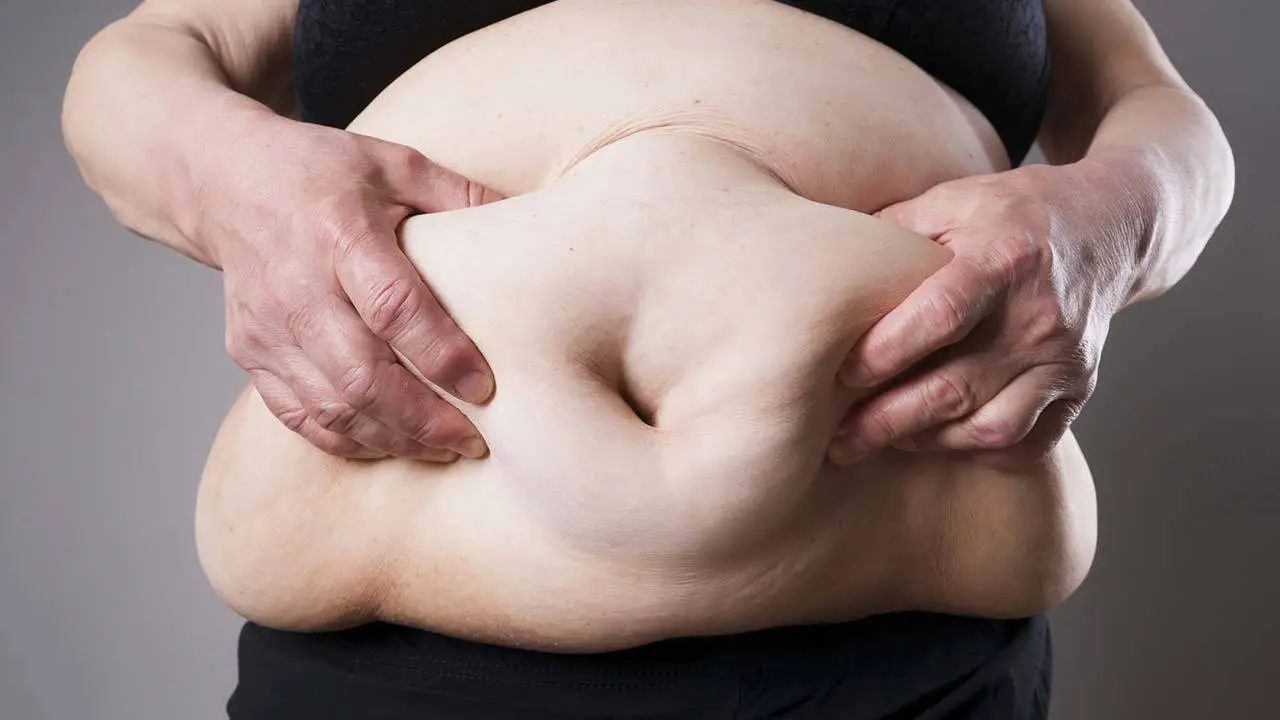
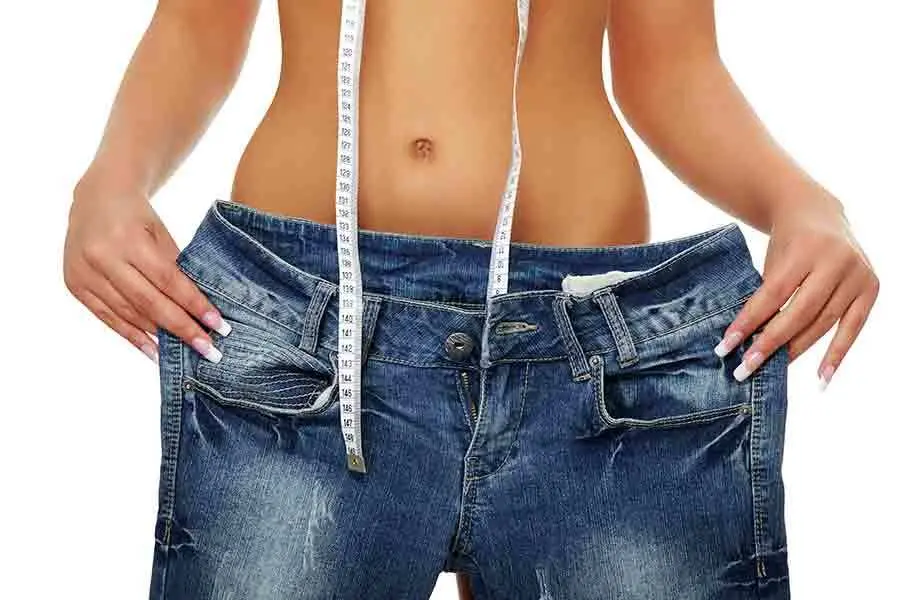
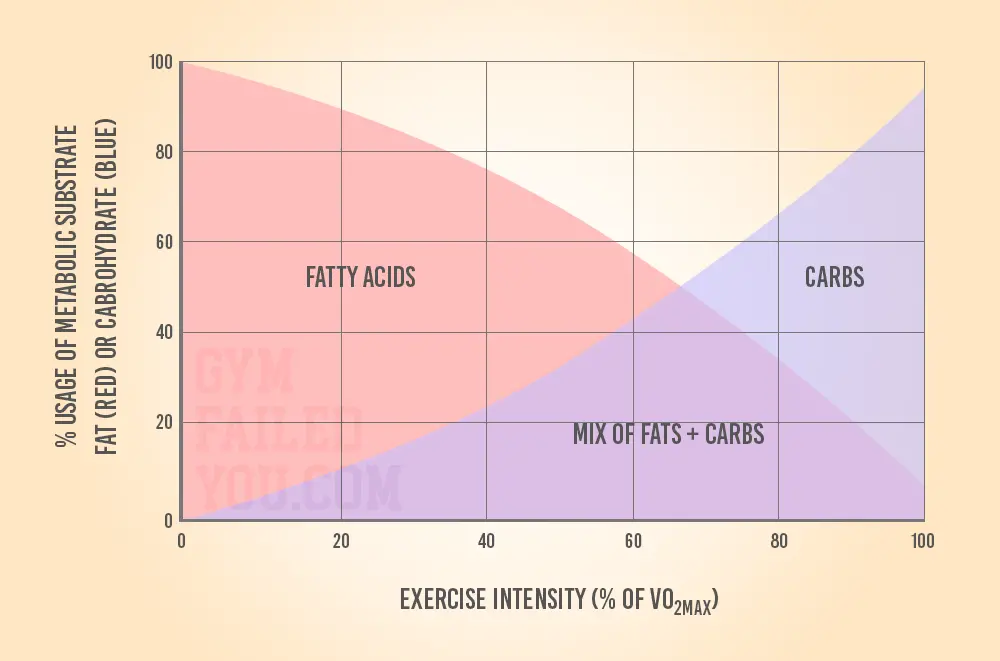

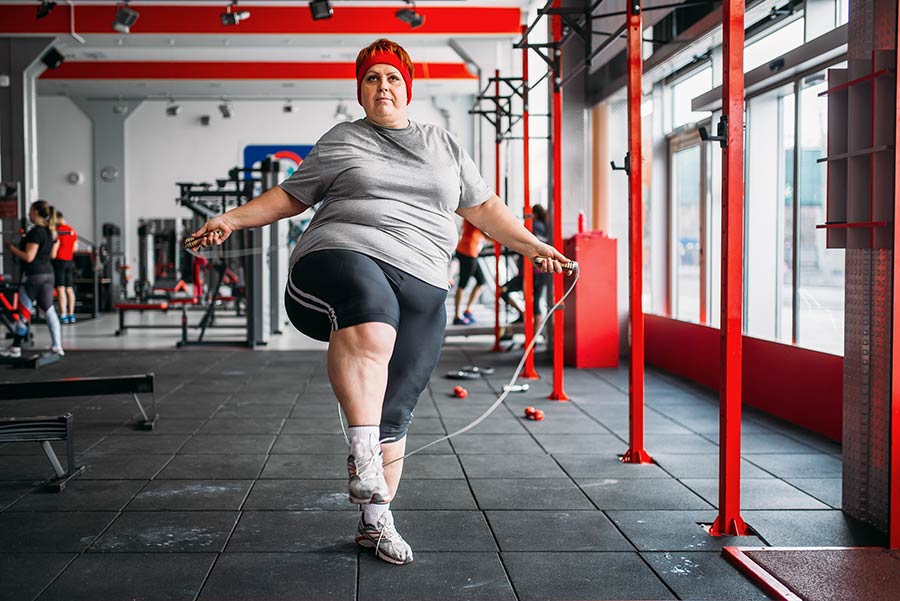
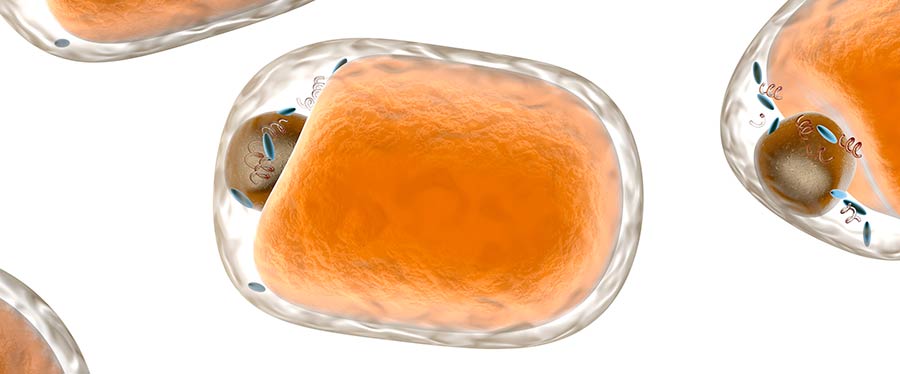
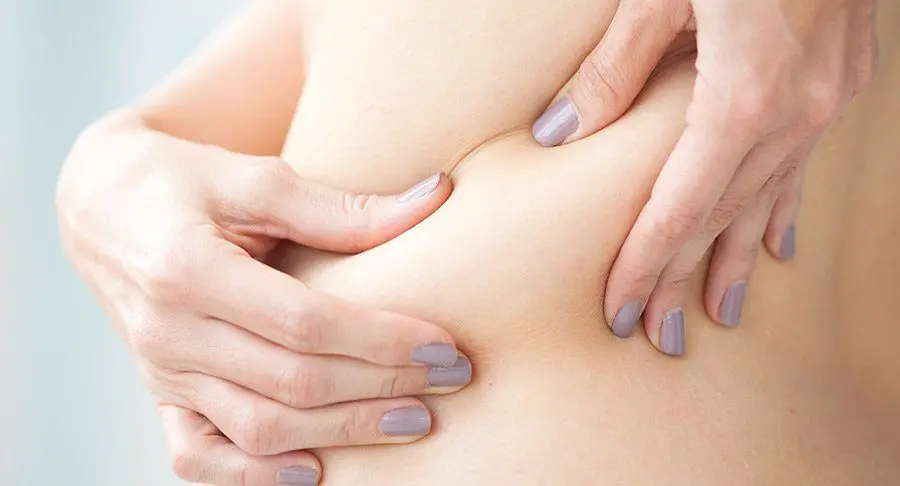


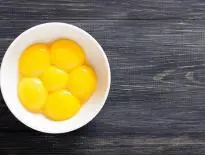
I am starting a weight loss program including weights and cardio and have been researching how to exercise and how to eat before and after exercise and what to eat at night. This is the clearest and most practical piece of information I have found so thank you very much. The only thing I’m not clear about is where carbs fit into the diet “no carbs after exercise and no carbs before bed”.
Hey Brad. I appreciate the kind words and the question. If your primary goal is to cut fat, the only time you should incorporate low glycemic carbohydrates into a meal is for the first two meals of the day. In other words, you’ll be tapering your carbs down as the day progresses. My answer would be different if your goal was to just add more lean muscle without losing fat. There’s a fine line between the two. I hope that helps.
I have spent hours online reading absolute garbage about exercise, fat loss and fat accumulation. This article is well structured, concise, consistent, and informative. It answered all my questions and educated me too. I now feel confident i can achieve my goals. Thank you so much Glynn. I wish i had a medal to award!
That’s such a wonderful comment! I sincerely appreciate your kind words. I feel strongly that information be conveyed accurately and clearly based on education and research. And I will do my part to adhere to those standards. I wish you well.